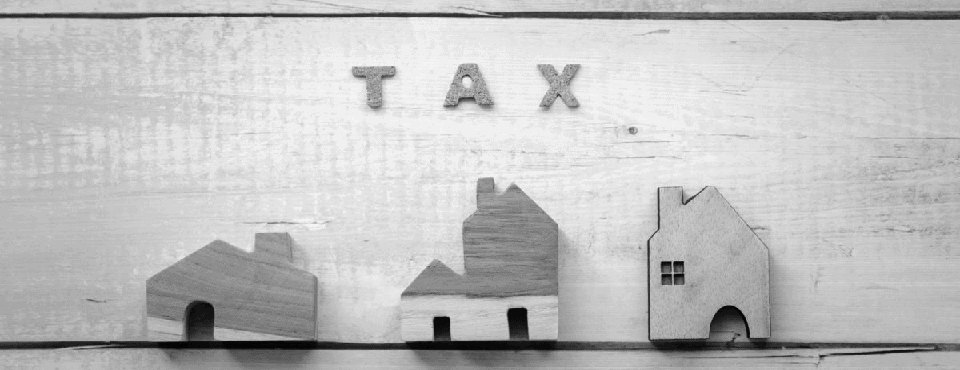Unlike fixed assets, current assets are transient by nature. They are items anticipated to be consumed or turned in for money within a year. Because they offer liquidity – that is, the capacity to pay off current liabilities (wages, supplier invoices, and other short-term debts) – current assets are absolutely essential for daily business operations.
Cash, inventory, accounts receivable, and marketable securities are typical examples of current assets. These easily convertible assets enable the organisation to satisfy its immediate financial needs and maintain commercial operations free from disruptions. They directly help a company be operationally efficient and liquid.
Cash, for example, is the most liquid asset a business may use immediately for various needs. Money owed by customers for goods or services delivered is shown in accounts receivable, and it is expected to be recovered quickly. Marketable securities are short-term investments that can rapidly be transformed into cash, and inventory is raw materials or completed goods ready for sale.
“Is equipment a current asset?” you might wonder. Often, the response is no. Long-term operations need for equipment designated as a fixed asset. But if the equipment is meant for sale in line with business operations, it could be seen as part of the inventory and, hence, as a current asset.
Current assets vs. fixed assets differ mostly in their liquidity and application inside the company. While permanent assets enable long-term output and stability, current assets maintain active cash flow and provide quick funds to cover running costs.
Publisher: Source link










